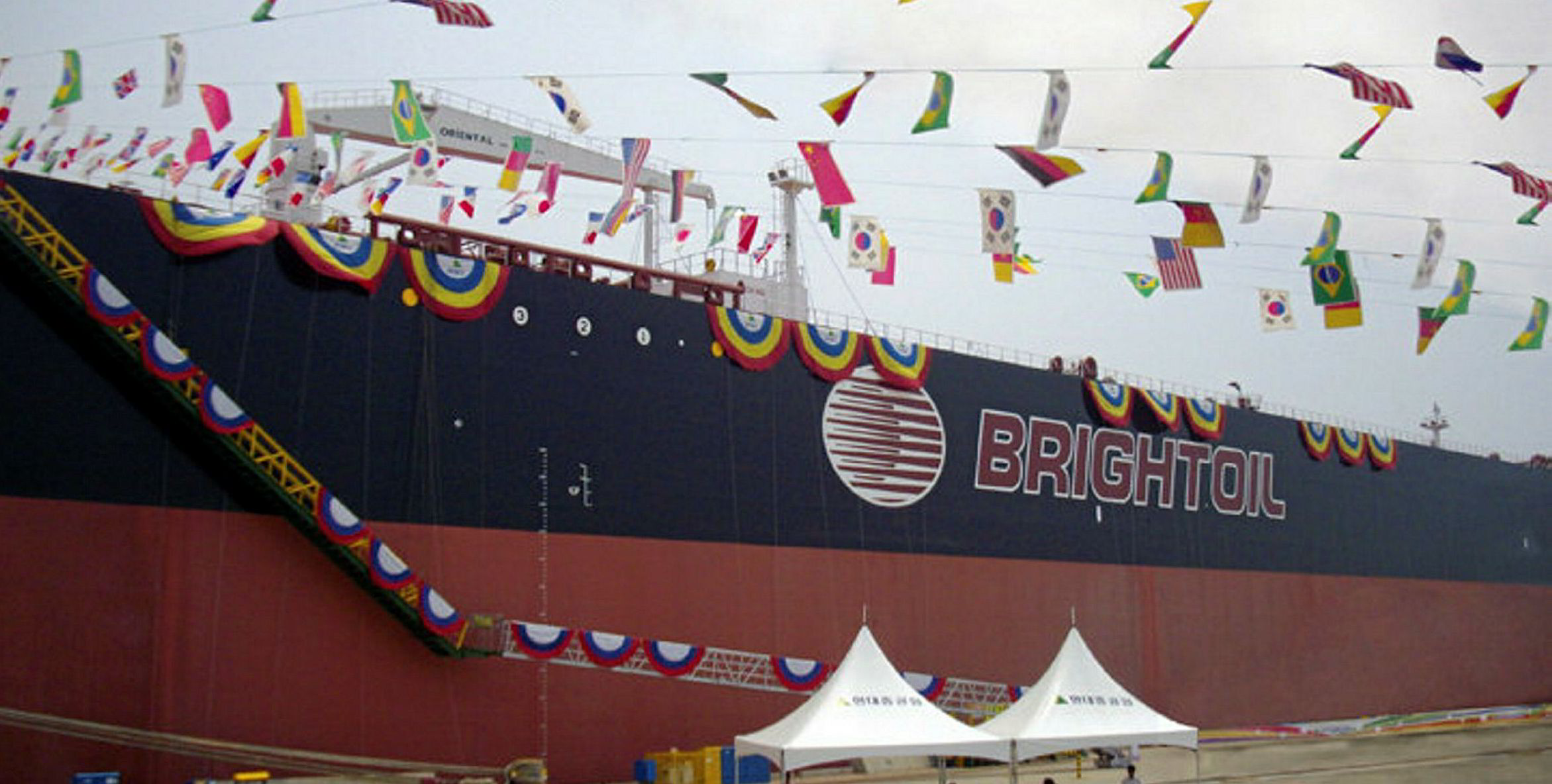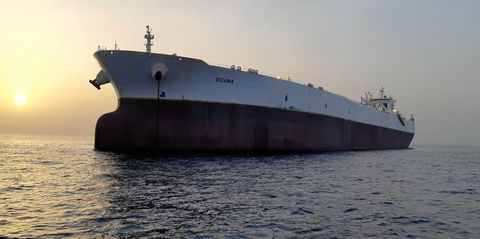A crash in capesize deals saw bulker sale and purchase spending plummet in the first half of 2019, new figures show.
A jump in investment in larger crude vessels pushed up the value of tanker business in the period - but container deals were down sharply to leave overall activity well short of the same stretch of 2018.
According to VesselsValue a total of 222 bulkers worth a combined $2.66bn changed hands between 1 January and 30 June this year.
This is well down from the $4.78bn worth of bulker deals, spanning 325 ships, at the same point in 2018, data provided to TradeWinds shows.
The fact capesize deals ground to a halt following the tragic collapse of a Vale dam with dented sentiment in the market accounts for much of the year-on-year change.
Just eight secondhand capesize transactions were seen in the first half this year, which cheques worth $105m written – well down from the $928m splashed on 34 of the bulkers last year.
Panamax investments also plummeted, with the $726m spent on the ships this year well down from the $1.14bn seen in the same stretch of 2018, VesselsValue says.
“There was depressed interest in the first half of the year around the drybulk space, particularly capesizes,” according to Court Smith of VesselsValue.
“A host of factors from concerns about fundamental demand in China, supply constraints in the iron ore production regions, and an unclear picture around grain harvests in major growing areas had many participants unclear about prospects.
"This created some trepidation around deals as buyers and sellers found consensus on the market outlook to be a difficult discussion.”
Ultramax outlier
Smaller bulker sub-sectors were less impacted by the weaker market.
Ultramax deals and investment were up, with $553m spent on 26 of the ships, against the $503m on 20 a year earlier.
Supramax deals were down, but still $630m was spent on 60 of the bulkers in the first half this time around.
Smith said: “Ultramaxes were the one outlier, where these vessels have displaced their smaller supramax cousins from many trade routes.
“The improved economics of the slightly larger vessels appears to be translating in higher demand from buyers for these ships.”
| Vessel Type | 2018 Jan to Jun | 2019 Jan to Jun | ||
| Number of Vessels | Total Spent USD m | Number of Vessels | Total Spent USD m | |
| Capesize | 34 | $928 | 8 | $105 |
| Post Panamax | 17 | $294 | 10 | $163 |
| Panamax | 71 | $1,141 | 61 | $726 |
| Ultramax | 20 | $503 | 26 | $553 |
| Supramax | 80 | $978 | 60 | $630 |
| Handymax | 21 | $122 | 11 | $55 |
| Handy Bulker | 82 | $809 | 46 | $431 |
| Grand Total | 325 | $4,776 | 222 | $2,662 |
Tanker deals on the rise
The tanker market saw a different trend, with more money being spent and a slightly higher number of deals being recorded in the first half of 2019.
VesselsValue counts $3.61bn spent on 203 tankers in the period, up from the $3.28bn spent on 191 of the vessels 12 months earlier.
As TradeWinds has reported crude tanker asset values have been climbing amid growing optimism around IMO 2020 rules fuelling the next up-cycle.
VesselsValue counts 19 VLCCs being sold this year in deals worth $776m, well up on the $558m spent on 12 of the tankers in the first six months of 2018.
Spending and deal flow was also up in the suezmax market but the aframax space saw both the level of investment and transaction volumes fall.
The busiest tanker sector, was however the handysize space where $1.45bn was splashed on 84 vessels. This was up from $1.32bn on 73 ships last time around.
“Tanker spends were up in most market segments,” Smith said.
“Handy tankers, which incorporates MR2s and MR1s, the workhorses of the clean tanker fleets were up.
“The relative strength of the clean tanker market this year relative to crude tanker returns suggests that many buyers may be happy with their purchases.”
| Vessel Type | 2018 Jan to Jun | 2019 Jan to Jun | ||
| Number of Vessels | Total Spent USD m | Number of Vessels | Total Spent USD m | |
| VLCC | 12 | $558 | 19 | $776 |
| Suezmax | 8 | $157 | 12 | $358 |
| Aframax | 34 | $682 | 23 | $437 |
| Post Panamax | 1 | $6 | 1 | $7 |
| Panamax | 8 | $105 | 11 | $203 |
| Handy Tanker | 73 | $1,317 | 84 | $1,450 |
| Small Tanker | 55 | $452 | 53 | $375 |
| Grand Total | 191 | $3,277 | 203 | $3,606 |
Overall, even accounting for the continued trend of leaseback deals, business is down this year, according to the VesselsValue numbers.
It counts $9.70bn invested in 630 secondhand ships in the first half this year, down from the $14.48bn on 926 vessels 12 months ago.
“Sale and leaseback deals remain widespread, but owners and commercial operators of tonnage are stepping back into both the dry and wet markets,” Smith said.
“This is a positive indicator in both segments as it shows a willingness from those trading the ships to expand their market share.“









